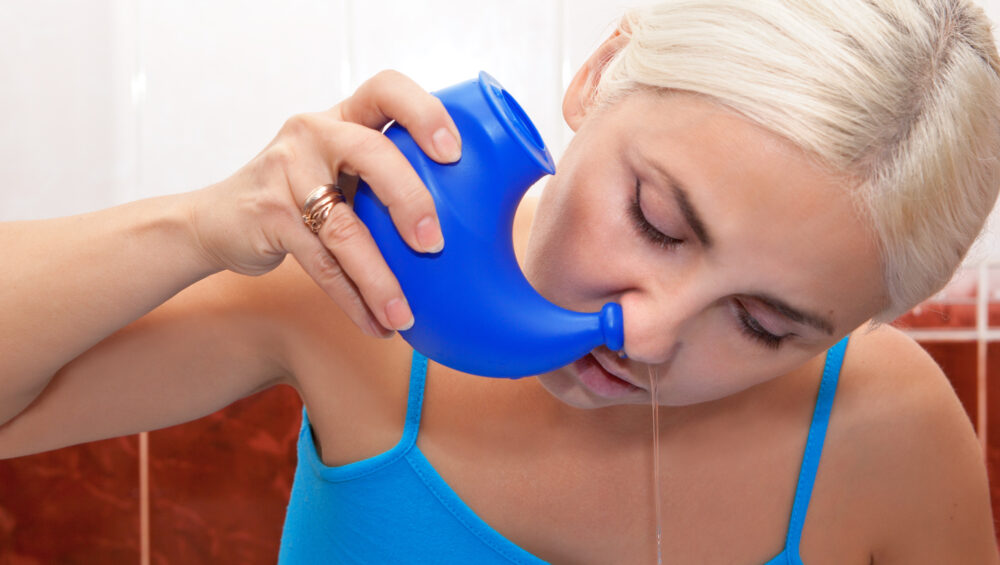Nasal Irrigation – Treat Your Sinus Illnesses
Using nasal irrigation is a way to improve your nasal breathing and remove mucus. It is also a personal hygiene practice. You can use a nebulizer or saline nasal spray. Performing nasal irrigation for congestion is a simple, safe, and effective way to relieve nasal congestion. The procedure involves putting a little saltwater into one nostril and draining the liquid into the other.
The procedure is easy to perform and can be done at home. There are several different types of irrigation devices that can be used. The most common device is the neti pot, a small pot that is filled with a saline solution and poured through one nostril.

What Nasal Irrigation Is
Using a nasal irrigation system can be a safe, convenient, and effective way to deal with chronic sinusitis and congestion. It can also be a great adjunct to medications. However, it is important to consult with your healthcare provider before attempting this method.
A sinus irrigation system uses a bulb syringe or a specially designed device. These devices are designed to deliver a consistent stream of warm saline solution through your nostrils. The solution irrigates your nasal passages, cleans out debris, and helps you get rid of pollutants.
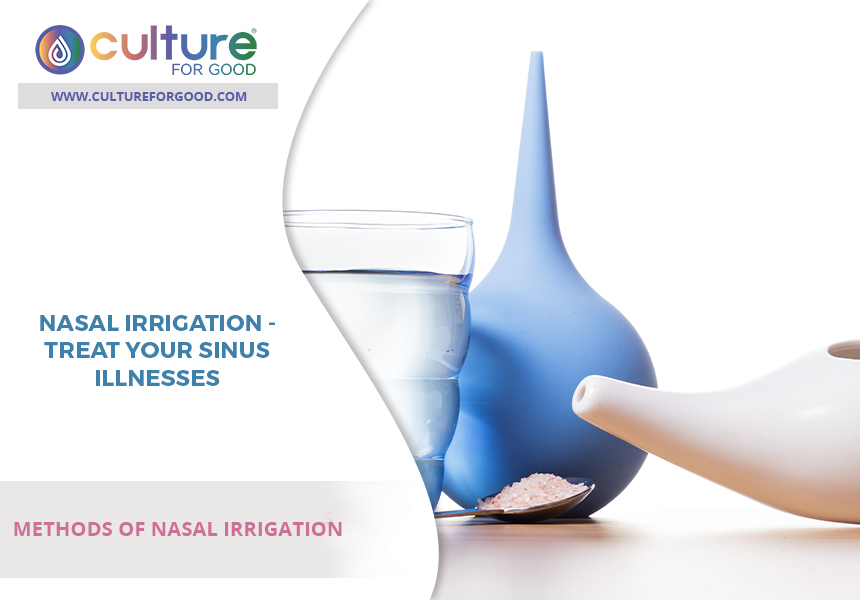
Methods Of Nasal Irrigation
Various nasal irrigation methods are effective in treating sinus-related illnesses. These methods can include nasal sprays, nebulizers, and neti pots. Some of these methods are more effective than others. When you use a nasal irrigation device, it is vital to clean it thoroughly after each use.
You can purchase nasal irrigation devices that come with pre-measured buffered saline powder packets. These make preparing the solution easier. You can also try a homemade solution. One option is to mix eight ounces of room-temperature water with one teaspoon of non-iodized table salt and one-eighth teaspoon of baking soda. You can also add a drop of grapeseed extract for its antibacterial properties.
The process should be repeated several times a day to get the most benefit from nasal irrigation. This can help prevent infections and reduce the amount of medication used per day. This can help prevent infections and reduce the amount of medication used.

Nasal Irrigation For Congestion And Illness
Nasal irrigation for congestion is a safe and inexpensive way to reduce the pain and discomfort of sinusitis. It can also help with other sinus treatments. It may help reduce the use of antibiotics and reduce the need for nasal sprays.
Several studies have found nasal irrigation to be effective at treating various sinus conditions. This is a simple, safe procedure that can be done at home. Performing nasal irrigation can improve your quality of life and decrease your risk of infection. A study found that nasal irrigation reduced the size of viral particles in the nasal passage. This is the same process used by your body to flush out allergens.
Saline nasal irrigations are an emerging treatment for nasal symptoms; the process involves a spout that enters one nostril and drains out the other. The spout should be kept a few inches away from the middle of your nose. You should then allow the solution to drain naturally. It is best to use sterilized water and not too hot water. In addition to helping you feel better, nasal irrigation can help prevent the spread of viruses like SARS-CoV-2; this is because virions are carried in tiny droplets that are created when an infected person coughs or speaks.
This process can also help improve the quality of your sleep and alleviate your nasal congestion. Nasal irrigation is best performed at least once a day. This may help reduce the length of illness as well as the amount of medication you need.
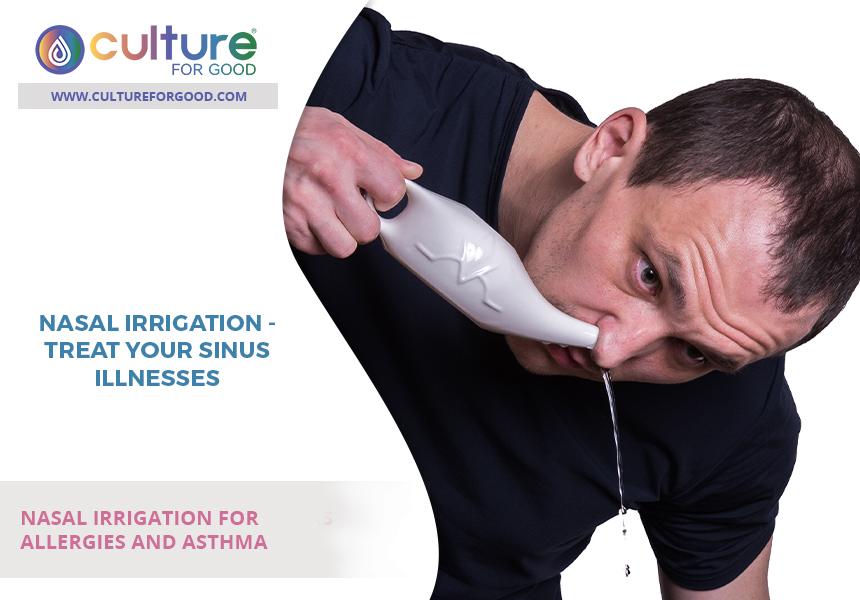
Nasal Irrigation For Allergies And Asthma
Using nasal irrigation to relieve allergy symptoms can be a good way to manage your condition. It helps clear mucus, pollen, bacteria, and irritants. Performing nasal irrigation can reduce symptoms of nasal congestion, sinusitis, and hay fever. It can also improve the effectiveness of drugs used to treat these conditions.
Some researchers have reported that nasal irrigation can help reduce asthma symptoms. It can reduce inflammation, mucus production, and bronchial constriction. Nasal irrigation may also reduce the severity of asthma attacks.
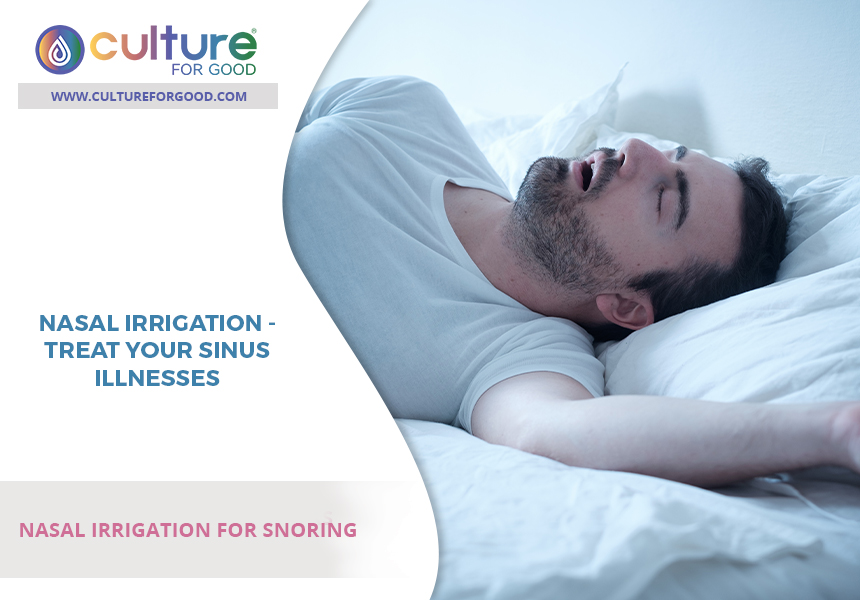
Nasal Irrigation For Snoring
Using nasal irrigation for snoring has been around for thousands of years. It can reduce the need for medication and improve your overall health. This has been proven in a number of clinical trials and is not limited to those with sleep apnea.
While you are at it, you might want to consider changing your pillow. This will help reduce allergy symptoms and increase airflow. Also, washing your bedding will get rid of dust and other allergens that could block your nasal passages. If you are considering nasal irrigation for snoring, the best way to go about it is by asking your doctor or a sleep specialist about it. You may also want to consider using a nasal breathing device to help open your airways while you sleep.
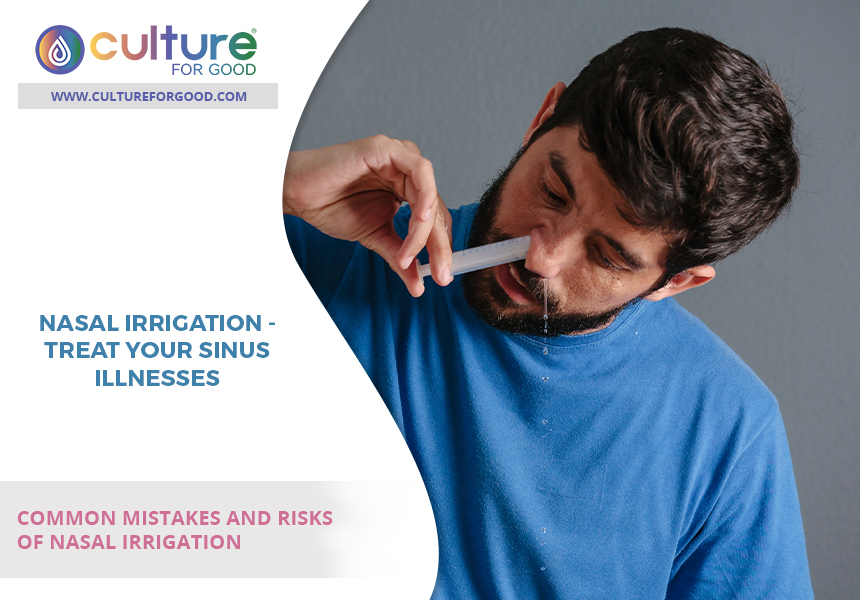
Common Mistakes And Risks Of Nasal Irrigation
It is important to perform nasal irrigation properly. It can reduce the risk of hospitalization for high-risk patients, and it can be beneficial in clearing up clogged nasal passages. Some people may experience stinging or other negative effects after using nasal irrigation. However, these negative effects are usually tolerable. The majority of studies have concluded that the benefits of nasal irrigation outweigh the risks.
Some people may also get an infection from using nasal irrigation. It is vital to use sterile water. It is also important to avoid very hot water. You should consult your healthcare provider before using nasal irrigation. You should also avoid nasal irrigation if you have facial trauma or an infection of the brain, nose, or cerebrospinal fluid.
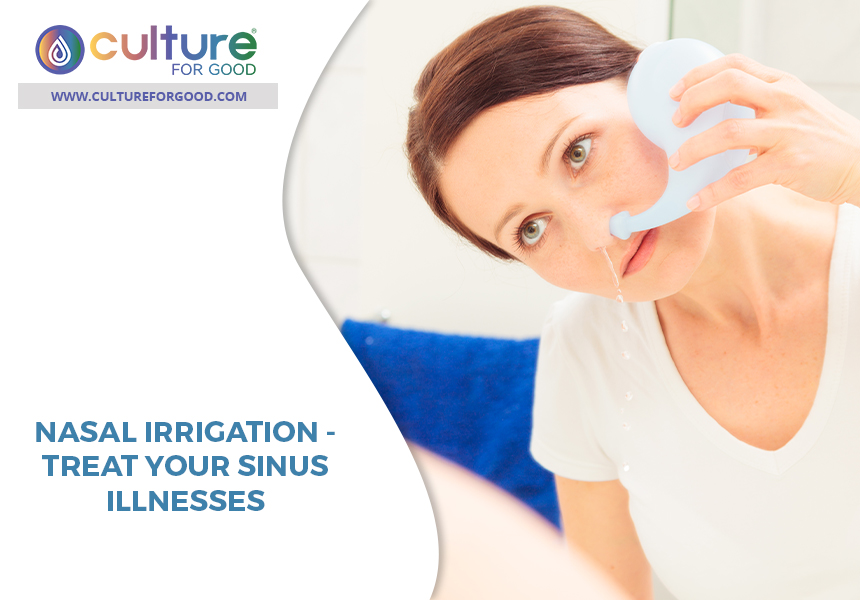
If you use a nasal irrigation device, you should use it only with properly treated water. Using unsterile water has been associated with death. It is important to rinse the device thoroughly with sterile water after each use. You should also dry the device with a towel.
